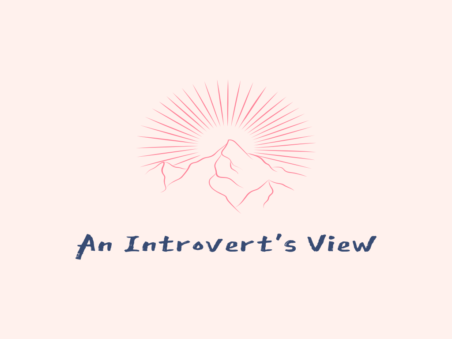Minimalism is the way to happiness and freedom

“Minimalism is a lifestyle that helps people question what things add value to their lives. By clearing the clutter from life’s path, we can all make room for the most important aspects of life; health, relationships, passion, growth and contribution.”
– Joshua Fields Millburn
Minimalism at it’s base is learning to live with less and embracing a life which is based on experiences rather than possessions. Today our lives are built around a consumer culture. We have so much stuff that 1 in 11 American households purchase self storage outside of their house and they spend on average $1000 per year storing their stuff. There is nothing wrong with material possessions, but I think there is a problem with how many we have and how much importance we place on them. Movies, tv, commercials, and pop culture impress upon us that being rich and having everything money can buy is going to make us happy beyond our wildest dreams. Go to college, get a good job so you can be “secure” and buy cars, houses, clothes, boats, jewelry, etc… We go after these things at the expense of our health, relationships, dreams and personal growth.
“Want to have a house, raise a family and have a career? Great. If these are important to you then that’s wonderful, minimalism simply allows you to make these decisions more consciously, more deliberately.”
“Minimalism is a tool to rid yourself of life’s excesses in favor of focusing on what’s important – so you can find happiness, fulfillment, and freedom.”
– Joshua Fields Millburn & Ryan Nicodemus

I have been wanting to live a minimalist lifestyle for a long time. I’ve looked into it; learning about it through documentaries, books and blogs. Last year, I was forced to clean out my office because of a leak. I got rid of anything I didn’t absolutely love and anything that I didn’t use. Other than this, I have not committed to the minimalist lifestyle. Not surprisingly though, my office is very minimalist now, and it is my favorite place in my house. Starting out slowly seems to be the way a lot of people on the minimalist path begin. There are all kinds of minimalists – some have sold all their possessions to live communally on a farm. Some have listed all their possessions on a sheet of paper, and then eliminated all but a 100 possessions. Neither one of these options would be for me, but for every person it is a process, they didn’t just wake up one day and become a minimalist. Each individual has to find the minimalist lifestyle that works for them, it is ever changing and evolves over time. The minimalist lifestyle I would like right now would consist of getting rid of all the clutter in my home and having it be full of objects I loved and things that all have a use. The best way to begin is to think of how your life would look if you had less stuff.
"Minimalism is the intentional promotion of the things we value most and the removal of anything that distracts us from it." - Joshua Becker
According to Joshua Becker the author of the book Simplify, the best way to begin is to remove all the clutter from our lives, moving from room to room. Selling, donating and recycling everything that we no longer use. He says that the simplicity and order that this brings, will bring freedom, joy and balance. Your home will start to give life and energy rather than drain it. As you clear physical clutter you begin to clear emotional clutter, relational clutter and spiritual clutter.

Marie Kondo is a minimalist expert (although she prefers “tidying expert”) bestselling author, star of Netflix’s hit show Tidying Up with Marie Kondo and founder of KonMari Media, Inc. In her book The Life Changing Magic of Tidying Up, she teaches that if you simplify and organize your home the right way, you will never have to do it again.
She believes in the KonMari Method: Instead of organizing room by room, you tidy by category – not location. It starts with clothes, books, paper, miscellaneous items and then sentimental items. She believes in keeping only those things that speak to the heart, and discard items that no longer spark joy. This method places great importance on being mindful, introspective and forward looking.
6 Basic Rules of Tidying Using the KonMari Method:
Rule #1: Commit yourself to tidying up
Rule #2: Imagine your ideal lifestyle
Rule #3: Finish discarding first
Rule #4: Tidy by category not location
Rule #5: Follow the Right Order
Rule # 6: Ask yourself if it sparks joy

There are many different methods and ways to begin on the road to minimalism. It is just a matter of finding what resonates with you. I think I will be melding several of the methods I have learned to make a method of my own. I like the idea of moving from room to room within my home, and using the KonMari way of keeping things that spark joy in me and that are useful to me or my family. If it is doesn’t spark joy or isn’t useful it will get sold, donated, recycled or thrown out. I hope that I have inspired you to take a step toward a more minimalist lifestyle. Take care and have fun on your minimalist journey!
You May Also Enjoy:
- 7 Quotes Curated by an introvert
- Introverts and Cats: Two Peas In A Pod
- why you should teach your child mindfulness
- Insightful Quotes By Introverted Musicians
- How the age old philosophy of ikigai can help you find happiness
Please Share:
Minimalism is the way to happiness and freedom Read More »
